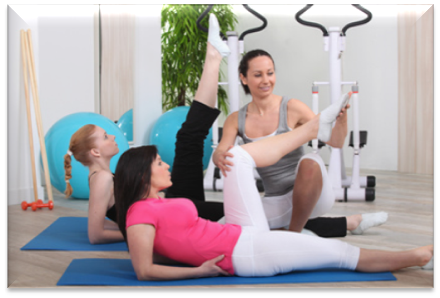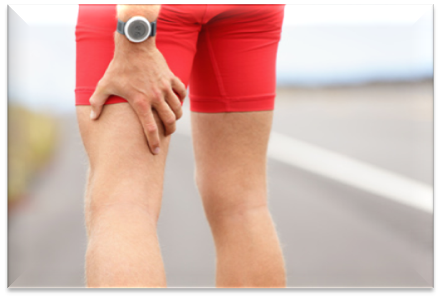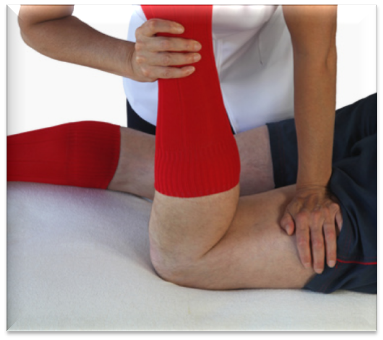Physical Therapy and Hamstring Health
January 16, 2017

Non-invasive healing
With proper care and physical therapy, a mild hamstring injury will take 2-10 days to heal, while a severe injury can take up to 10 weeks. Full rehabilitation can take up to six months, depending upon the severity of the injury.
Hamstring injuries are more prevalent in older individuals and adolescents whose muscles and bones grow at different rates, but can occur at any age. Physical therapy is an essential component of the healing and rehabilitation process and has a variety of benefits that include:
- It's non-invasive
- Eases pain and discomfort
- Maintains range of motion and flexibility
- Re-establishes muscle strength
- Retrains the body in how to move properly
- Rehabilitation if a surgical repair is required
Many people try to return to their regular activities too soon or place too much stress on the leg before the injury is sufficiently healed or full strength and mobility has been regained. It's essential that patients exercise patience to prevent re-injury and making the condition worse.

Physical Therapy and Hamstring Health
The body has three muscles (collectively known as the hamstring) in the back of the thigh that can be injured, with the most common cause being participation in sports and athletic endeavors. The hamstring muscle allows people to extend the hip and bend the knee and dancers and skaters are also at increased risk. Once a hamstring muscle has been injured, it can be up to six times more likely to be injured again.
Hamstring muscles are typically injured when an individual:
- Rapidly accelerates or stops suddenly while running
- Changes direction quickly
- When jumping
- Sprinting, hurdling or kicking
- During heavy lifting
Individuals are at increased risk if they don't warm up and stretch sufficiently before engaging in new, unfamiliar or strenuous activities. Muscle fatigue, a prior injury and weakness in the hamstring or glutes are all factors that contribute to an injury. The damage can range from mild and feel like a cramp. Some people don't realize they've even sustained an injury until they rest or during the following day.
In a severe hamstring injury, the individual may feel a "popping" sensation or a sharp pain in the back of the thigh that extends into the buttock. The area may be swollen, bruised and tender to the touch and there may be difficulty sitting, lifting the leg or stretching it out fully. If the muscle is torn, surgery may be needed to repair the damage.

Physical Therapy for Happy Hamstrings
The exact course of treatment will depend on the severity of the injury and your ultimate goals. Your physical therapist may recommend alternating heat and cryotherapies, elevation, compression, or immobilization to prevent swelling and further damage until the injury has stabilized sufficiently to begin physical therapy.
Your treatment will typically begin with gentle stretches to maintain flexibility and range of motion. During your rehabilitation, you may require crutches or a brace to keep weight off the leg. As the healing process progresses, specific strengthening exercises will be added, along with those to stabilize posture, balance, and agility.
A wide range of complementary therapies may be employed to speed your healing. Your physical therapist can provide information and training on the proper way to lift, warm up and stretch before activities. If you require aids for mobility, your therapist will assist you in learning to use canes and crutches, walkers or wheelchairs.
Therapeutic massage may be incorporated into your treatment plan to improve circulation and maintain flexibility. It's effective for easing pain, stimulating the immune system, and helping the body expel toxins. It's beneficial for relieving the stress that many patients experience while they're healing and recuperating. Electro-stimulation, hydrotherapy and biofeedback may also be used.
During an injury, many people develop unusual or improper behaviors and patterns of movement as they try to protect the affected leg. Gait training is a critical part of rehabilitating a hamstring injury that helps the body relearn how to move the way it did before the injury.
The focus of your physical therapy will be to ease pain, heal and return your hamstring and leg to full functionality. You'll also receive information and methods to help reduce the risk of injury in the future. Physical therapy provides a pathway to healing and rehabilitation that allows you to return to your activities as soon as possible.